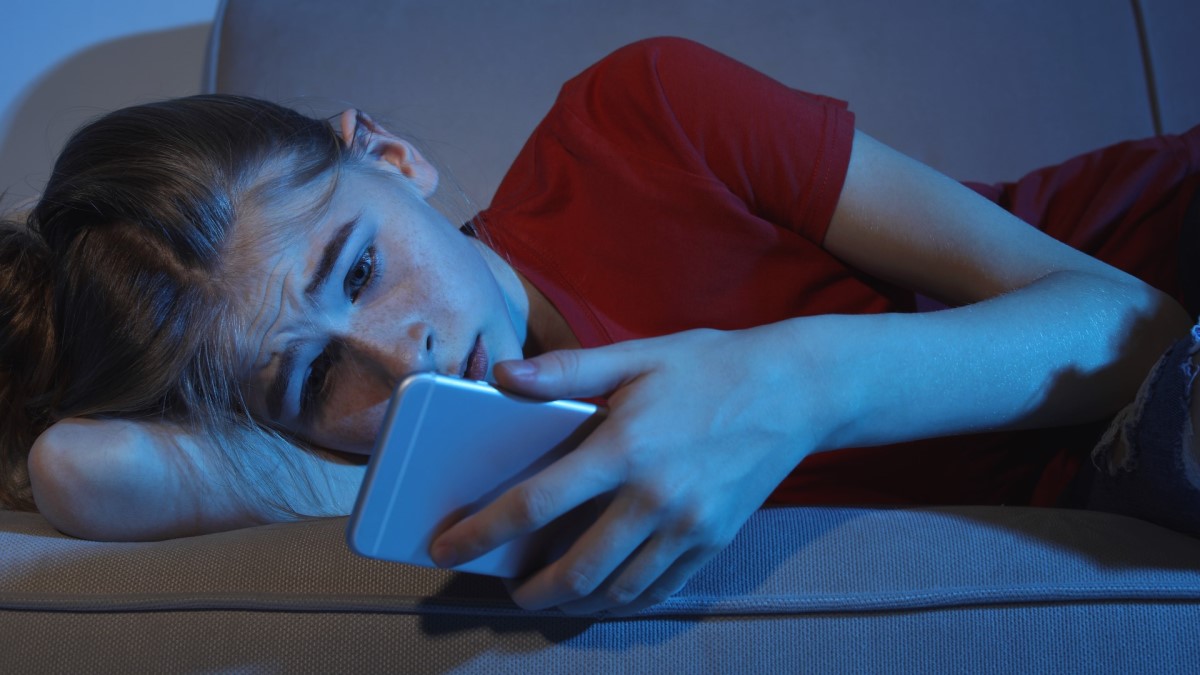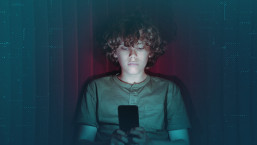Bullying of any kind can have a devastating impact on the victim’s well-being and life. Physical bullying, also known as face-to-face or in-person bullying, is still an issue in schools, with many researchers saying that its long-term consequences can be even worse than the immediate impacts – to the point that they may lead to changes in the victim’s behavior and personality.
With the advent of the internet, bullying has – much like general communication – also upgraded its capabilities. These days, it can be done from the comfort of one’s own home and the target may not even know the harasser. However, even though methods and avenues can change, the outcome is just as grave – in fact, it is often even worse than with in-person bullying.
Today is Stop Cyberbullying Day and we will look at the various forms of cyberbullying, the real-life effects of online abuse and harassment on the victims, and why parents and guardians need to make sure that their children avoid becoming victims, as well as help promote a culture of respect for others online.
What is cyberbullying?
According to the Merriam-Webster dictionary, cyberbullying means the “electronic posting of mean-spirited messages about a person (such as a student), often done anonymously.” Cyberbullying can take many other forms, however, and as such involves the use of modern technology to harass, mistreat, and target another person.
The victims receive foul-worded messages, texts, posts, or comments on their phones/social media/PCs that embarrass and make them feel bad. This abuse may happen almost round the clock, with the victim finding little relief from the aggressive, hateful and spiteful behavior of their tormentor.
In sum, it is every bit of online content used to hurt someone. Additionally, the form of intimidation and its focus can also be varied, targeting one's sexual orientation, looks, age, race, ethnicity, religion, and more. In many countries, cyberbullying is a crime and its perpetrators may face several years in prison.
Consequences of cyberbullying
Online bullying can be very damaging, especially because it is very often anonymous and can have a wide impact, as hurtful messages posted online can be read by anyone. Cyberbullying can make the person feel like there is no escape, as their home and privacy can feel violated.
This has a tremendous effect on the victim's psyche, as the stress and the general emotional state can impact their sleep patterns, mood, and eating habits, as well as lead to anxiety and depression, which themselves can have unwanted consequences. And considering that children are usually the targets of cyberbullying, people's concerns are warranted.
The perpetrator, too, can face consequences. Besides a prison sentence, bullies could face hard times at school, dismissal from work, or the prospect of becoming targets themselves.
Progress for everyone and everything – including bullying
The venues for cyberbullying have evolved throughout the years, and as the tempo of technological innovations speeds up, it enables different and varied spaces for cyberbullying.
The first cases of proto-cyberbullying could be phone calls, or hateful text messages, which evolved into something similar through online messaging platforms. The first real case of cyberbullying catching attention was in 2007 in the US, when Megan Meier, a 13-year-old, committed suicide after her neighbors created a fake Myspace profile to harass her.
And that was a sign of things to come because shortly after, we got smartphones and a plethora of new social media websites and messaging services, creating more environments for such vile acts. In 2010, Hope Sitwell, another 13-year-old, killed herself because her boyfriend shared her nude photo with students in six Florida high schools. In the internet age, privacy is a luxury, they say.
Due to the prevalence of people on social media sites like Instagram, Snapchat, Discord, Reddit, Twitter, and Facebook, people are increasingly more exposed to the threat of cyberbullying. And just as we went from cellular texts to online messages, so have the forms of bullying changed, with photos and videos being used to mistreat people, increasingly eroding privacy and personal safe spaces.
Tyler Clementi, an 18-year-old from New Jersey, committed suicide after his roommate used a webcam to film Clementi kissing another man, with the roommate urging hallmates and people on Twitter to watch his webcam.
And the list, sadly, continues. Indeed, a study from 2018 found that young victims of cyberbullying are twice as likely to attempt suicide or self-harm than their peers who have not been victims.
Anyone can be a victim – and it can take many forms
Remember when people got scared of strangers peering into their houses/rooms in movies? The so-called “peeping Toms” still exist, but so do other forms of stalking or snooping. Digital or online stalking has increased in recent years, thanks to social media and people's constant posting habits and profuse sharing of details from their lives.
According to a 2013 study, as much as 80% of teens who use social media share information like their location, images, and contact information online. Unless they have a private profile and know all of their connections, children can easily be tracked by anyone online.
RELATED READING: 3 things to discuss with your kids before they join social media
Are you happy with your Spotify, Steam, and maybe PlayStation year-end highlights, so you post them on a Discord server with your username on the picture? If a malicious actor sees that, they can start sending threatening or harassing messages or maybe even try to steal your account. Doxing is common online, and it can have lasting consequences for your mental health and privacy.
Flaming is another method of online bullying, where trolls (provokers) or spiteful users deliberately argue aggressively with the end goal of hurting the other person. On Reddit, for example, such people sometimes scour the entire history of a user's posts and try to devaluate their points by belittling or attacking them because they post in specific subreddits.
Sexting (sending content of a sexual nature) is another form, with dangerous consequences for both sides, as it can end up being used as blackmail or devolve into child pornography.
Lastly, hate raids are another form of cyberbullying that is sometimes hard to track, as bots can commit it. These are situations in which multiple users join a Discord server or follow a Twitch streamer, for example, then spam the chat with hateful messages, preventing the streamer or users from having normal discussions.
No tolerance in school or online
As signified by the development of laws targeting online harassment and bullying, there is, and there always should be, zero tolerance for such behavior.
What can be done? Parents should be more supportive and understanding, and try to talk to their kids more if they notice any signs of discomfort or changes in their behavior. Following this, they should try to gather as much evidence as possible, and report any cyberbullying incidents to platform administrators, school admins (if needed), and the police. Also, consider professional medical help for people impacted by cyberbullying, as it can have long-lasting mental effects.
If you’re a parent, guardian or educator, or you are a victim of cyberbullying yourself, consider reading the following articles:
Further reading
How to spot if your child is a victim of cyberbullying
Cyberbullying: What schools and teachers can do
Stop Cyberbullying Day: Advice for victims and witnesses
Cyberbullying: How is it different from face‑to‑face bullying?
Adult victims of cyberbullying may want to navigate here:
Cyberbullying: Adults can be victims too
To learn more about more dangers faced by children online as well as about how technology can help, head over to the Safer Kids Online platform.
These websites offer advice and contacts for counseling services:
- Cybersmile (various countries)
- Cyberbullying Research Center (United States)
- 988 Suicide and Crisis Lifeline (United States)
- Kidshelpphone (Canada)
- National Bullying Helpline (United Kingdom)
- Kidshelpline (Australia)
- Netsafe (New Zealand)
- TelefonSeelsorge (Germany)
- Cyber B.A.A.P. (India)
- Bully-Free (Singapore)
- Fil santé jeunes (France)






